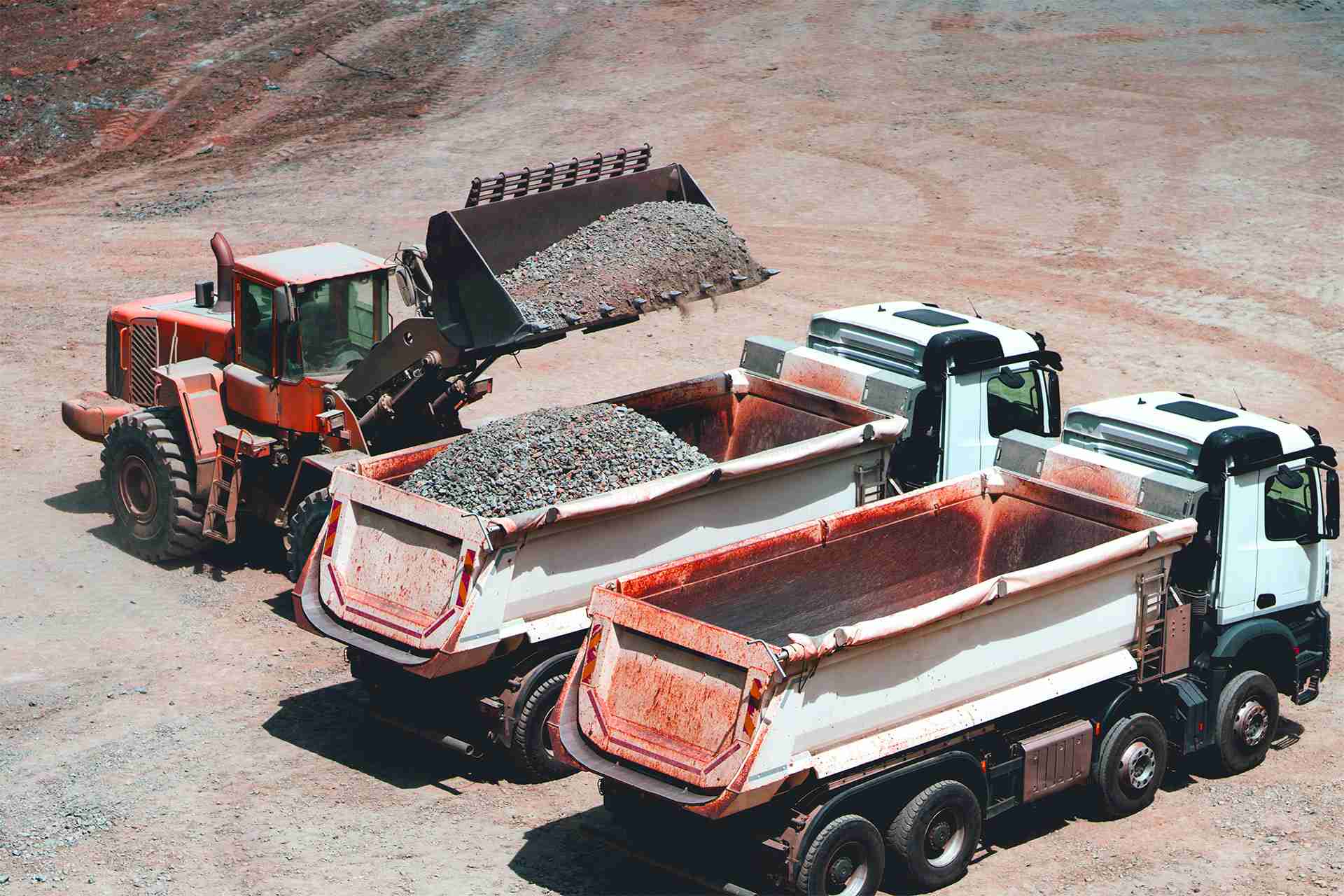Can you drive vehicles on ground mats?
Driving heavy vehicles on soft ground? Ground mats solve it fast.
Ground protection mats can safely support the weight of most vehicles when used properly.
Ground mats offer a simple way to protect surfaces. But can they handle real traffic?
Are ground protection mats strong enough for heavy vehicles?
Heavy trucks sink in soft soil. Ground mats help spread weight fast.
Yes, most ground mats can handle trucks, cranes, and even tanks depending on the material and thickness.
Ground mats work by distributing vehicle weight over a wider area. This reduces pressure on the ground and prevents sinking or rutting. The key factor is the mat’s material, thickness, and surface texture.
What makes a ground mat vehicle-safe?
| Factor | Description |
|---|---|
| Material | HDPE or UHMWPE are top choices due to strength and flexibility |
| Thickness | Thicker mats (at least 12mm to 20mm) handle heavier loads |
| Load capacity | Rated in tons; most mats range from 30 to 120 tons |
| Surface pattern | Diamond cleats or treads offer better traction for tires |
| Size | Larger mats cover more area, reducing ground pressure |
I’ve worked with clients in construction and events. They regularly use our mats under cranes, trucks, and forklifts. One customer even tested a 40-ton crane on a single mat—no cracks, no deformation.
What types of vehicles can safely use ground mats?
Different vehicles, different needs. Know the limits before driving on mats.
Most wheeled and tracked vehicles can use mats safely if the load capacity is respected.
Not every vehicle is the same. A 3-ton forklift exerts far less pressure than a 60-ton crane. That’s why matching vehicle type to mat specs is critical.
Common vehicle categories
| Vehicle Type | Typical Use Case | Recommended Mat Type |
|---|---|---|
| Pickup Trucks | Light construction, events | 10-15mm HDPE mats |
| Excavators | Earthmoving | 15-20mm UHMWPE mats |
| Cranes | Heavy lifting | 20mm+ UHMWPE mats with steel-reinforced cores |
| Forklifts | Warehouses, ports | Textured HDPE mats |
| Military Vehicles | Off-road mobility | Custom composite ground mats |
In Canada, one buyer told me he uses mats under tracked snowplows. Winter ground is frozen, but in spring it gets muddy. Mats saved his client thousands in post-season repair work.
Do ground mats prevent ground damage under vehicle traffic?
Worried about ruts and destroyed lawns? Mats help avoid expensive fixes.
Yes, ground mats protect turf, asphalt, and soil from pressure and vehicle wear.
One key reason to use ground mats is to preserve the ground beneath. This matters for golf courses, parks, or temporary event locations. Without mats, vehicle tires dig into the soil. Once the event ends, the damage costs time and money to fix.
How mats protect the ground
| Feature | Benefit |
|---|---|
| Weight Distribution | Spreads load evenly across surface |
| Anti-slip surface | Prevents tire spin and turf tearing |
| Flexible edges | Conform to uneven terrain |
| Easy linking system | Keeps mats from shifting |
One landscape contractor in Vancouver shared his story with me. He used to lay down plywood. After rain, it warped and tore up the lawn. Now he uses our HDPE mats. Zero customer complaints, even after week-long projects.
Are there risks to driving on ground mats?
Driving on unstable mats? That can cost more than you save.
If not installed correctly, ground mats can shift, slide, or break under stress.
While mats are strong, they’re not magic. Bad installation, wrong mat choice, or exceeding weight limits can lead to problems.
Mistakes to avoid
| Risk | How to Prevent |
|---|---|
| Overloading | Always check load capacity ratings |
| Uneven ground setup | Use ground prep or thicker mats |
| No connectors used | Use metal or plastic links to stabilize mats |
| Improper vehicle entry | Approach mats slowly, avoid sudden turns |
| Skipping maintenance | Inspect mats after every project |
A Canadian distributor I know lost a project when a supplier sent the wrong mat type. Their mats cracked under the first trailer. They now use certified UHMWPE mats from verified factories like ours—problem solved.
Conclusion
Yes, you can drive on ground mats—but only if you use the right ones the right way.




